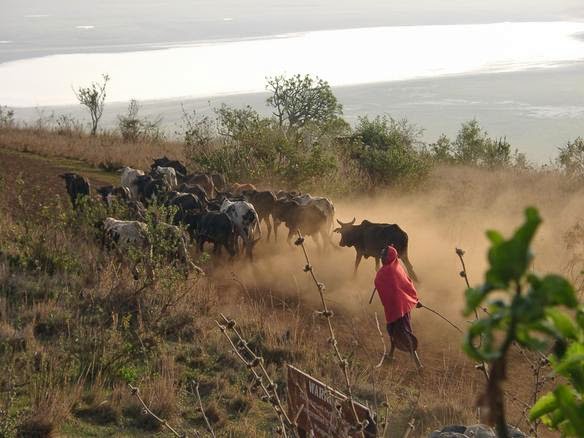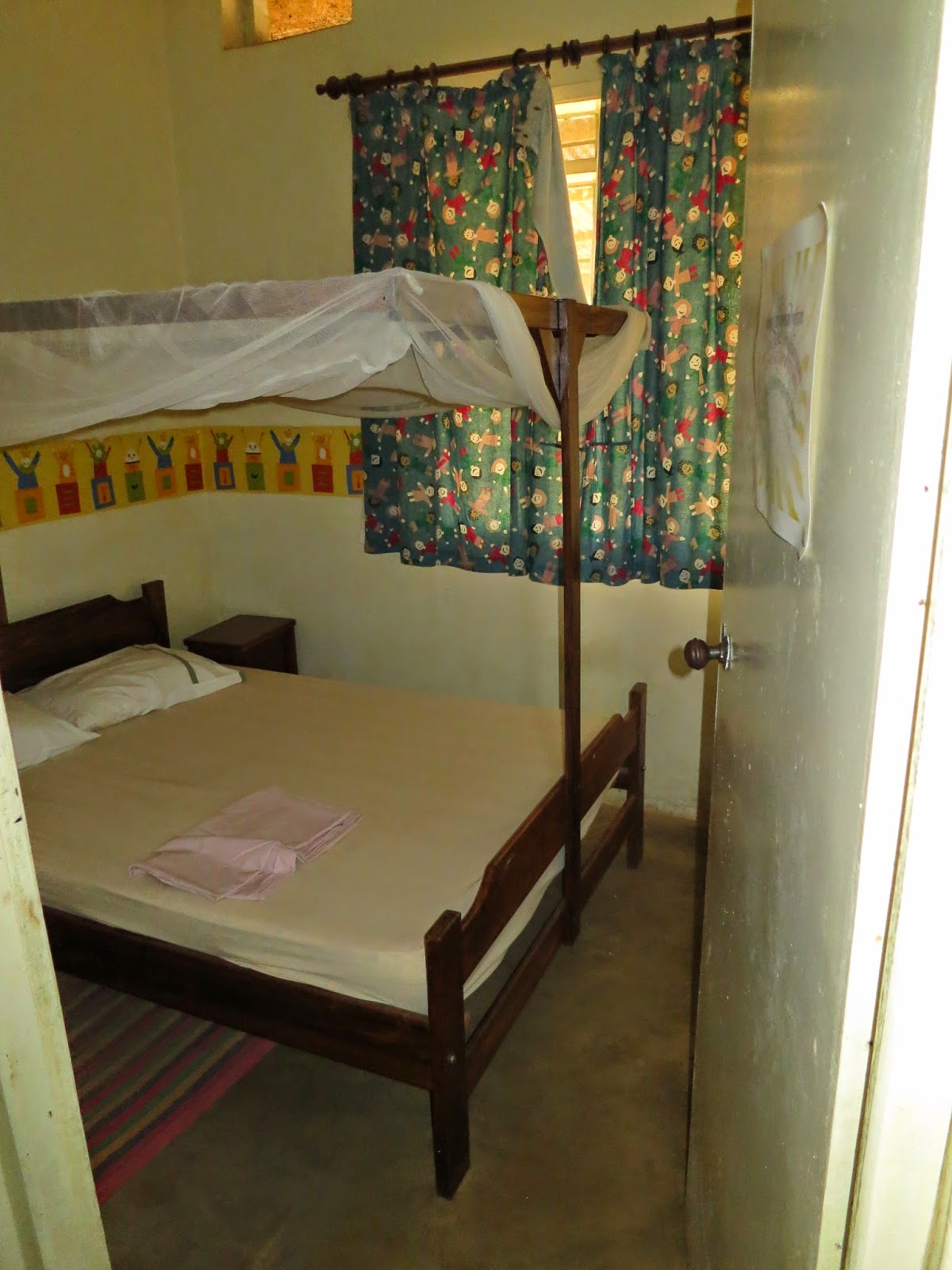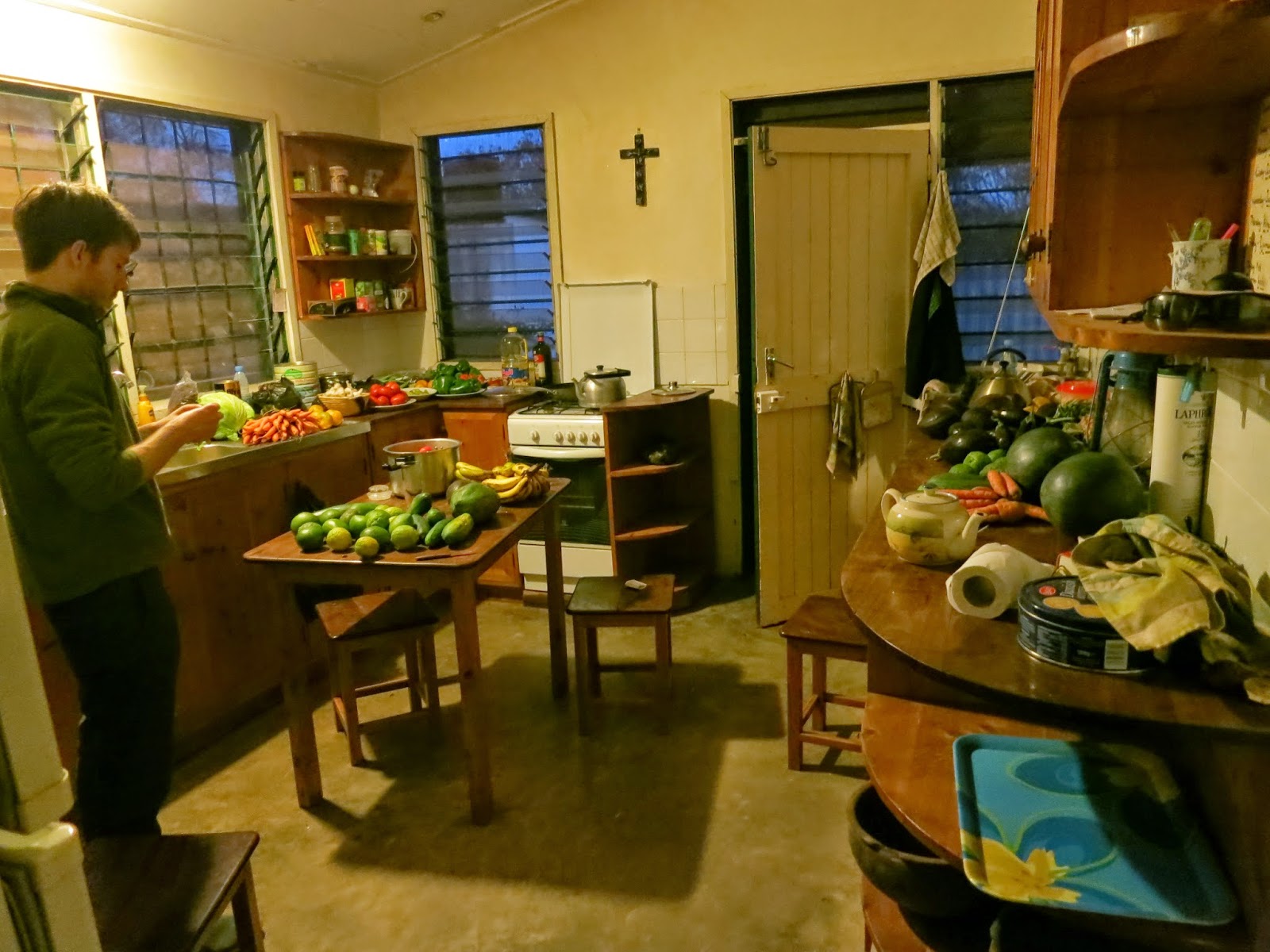This would be a typical conversation with one of my
daughters, when she was coming in late as a teenager:
Me: “Do you know
what the time is?”
Her: “….(wordless scorn plus weary sigh plus
angry face) ….
Me: “Well I’ll tell you. It’s nearly one o’clock
in the morning.”
Her: “….(scoffing sigh plus angry face plus sharp
downblast of air via the nostrils) ….
Me: (in
conciliatory tone) “We’ve been really worried…”
Her: “….(disbelieving
guttural sound plus angry face plus sharp downblast of air via the nostrils
plus anguished groan) ….
Me: “And you
promised you’d be in by midnight …”
Her: “….(incredulous snort plus angry face plus
sharp downblast of air via the nostrils plus muttering about not believing this)
…. “
Me: (pleading) “We’ve been through all this …”
Her: (with withering, piercing, impatience at my
imbecility) “What’s your point!!!!!!!!!”
It seemed that I was missing the point. It was unjust of me,
so I was made to understand, to expect that she should leave her friends just when
they all were having a good time. Why didn’t I just trust her?
Now, a decade or more later, it’s all worked out very
well indeed, and, what’s more, this nocturnal training has left me well-briefed
in the need to get to the point quickly. (A lesson made the harder to implement
because of my irresistible tendency to make room for important asides.)
So what’s my point in bringing this up? It is this: that
justice appears not to be an absolute, but seems instead to depend on where you
are standing.
Take the land of the Maasai, for instance – which is what
the Tanzanian Government is trying to do, in part at least. The Loliondo
territory is within ‘Maasailand’ and has been coveted by the Ortelo Business
Corporation, a safari company set up by a UAE official close to the Dubai royal family. They want to turn it into an
exclusive opportunity to kill the things that make the place particularly special:
http://www.theguardian.com/world/2014/nov/16/tanzania-government-accused-serengeti-sale-maasai-lands
The Maasai are objecting, and they have a point: They are
one of the original tribes of East Africa, and they have been in this land for
the last two or three centuries. It happens, however, that their homeland
borders on one of the world’s greatest game reserves – the Seregeti. Loliondo
is 1500 sq km smack in the middle of the Maasai traditional lands – and right
next-door to the National Park:
But from the Government’s point of
view, is this indeed Maasai-owned territory? The obvious interpretation would
be that of course it is theirs, based on the (admittedly colonially-unsound)
reason that they have lived there for so long. It’s where their homes are.
Their villages. Their scrub-land. Their water-holes. Their holy places. It’s
where the bones of their ancestors bleach in the sun. It is where their tumble-down
mud dwellings are, from which the men head out into the wild bush in order to
graze their cattle.
Another point of view, however, and another
version of the justice of the situation, is that the land is not theirs at all.
It belongs to the family of Tanzania. The Government owns all the land. (But let’s
not stray too far into politics, here.) (OK, just a bit, then. In 1967, six
years after coming to power, socialist president Julius Nyerere signed the
Arusha Declaration, whereby ‘Ujamaa’ or ‘Being a family’, became the dominant
Tanzanian policy. Collective farms forcibly replaced previous settlements, and
many resources, including land, were nationalised, leading to widespread
corruption and sometimes desperate privation.
At the same time, however, health and
education took a major leap forwards. Nyerere was a devout, honest and
good-hearted man, and his dedication – to freedom, unity, and family – lives on in many a hip-hop rap; a legacy he
encouraged. Ultimately, however, for the
large majority of the population, poverty and dependency were the outcome. As
well as, technically, lack of individual ownership of their traditional lands.)
So the government sees itself as
having every right to use the land in whatever way it chooses, because the
Maasai do not own it. Their point is that tourism would be good for the nation.
And it has of course offered to compensate the Maasai with money, (£10/head).
However, money does not buy existence,
and existence is what the Maasai would not have in any other setting. Where could
they go with the cattle? Where could they go without cattle? It is like
clearing 40,000 of us out of a leafy suburb in Surrey, leaving behind our homes
and livelihoods, and re-settling us in a trailer park in those parts of the
Severn Estuary not yet permanently under three foot of water. But of course, we
would be compensated with £10 per person, so we would not go short of porridge
for at least a fortnight.
The point that the Government seem to
be missing is this: At just around the same time that the displaced Maasai became
the centre of an almost irremediable sociological disaster, the world outcry
would have reached such a pitch that no-one would dare hunt in the territory
anyway. Is there no solution that involves leaving the Maasai where they are,
and still taking the lucre of the Emir? Surely there is?
I deeply hope the Maasai will win,
and I hope as well that you will have the satisfaction of having added your
name to the many million who have already signed petitions.
But if they do stay where they are, don’t
let me leave you with the impression that Maasai life is an endless whirl of
fun. (“Let’s camp here for the night then, Miterienanka. I’ll
light a fire, cos I noticed a lion behind that bush, eating some missionaries.”
“OK Ntirkana. I’ll get the cappuccinos on
the go. Cocoa or cinnamon?”)
Even when in possession of their land, Maasai have a
tough life. So many of their children die soon after birth that they do not
even name them until they are three months old. Thereafter, more than one in
ten still die before the age of five – malaria, diarrhoea and dehydration, accidents,
pneumonia, meningitis, TB, etc. In the African bush, with no money, no
transport, and no privilege, there is nowhere to hide.
(Note, by the way, that the child above seems well-grown: having cattle and milk means that protein-malnutrition is much less common among Maasai than amongst other local tribes. But it’s still a tough life.)
Of the girls that survive, they have to marry young, so
as to keep the tribe supplied with the next generation. Because they might
begin to child-bear too early, far too many of these girls do not even make it
past the first delivery. (I saw one close call myself, recorded in an earlier
blog. The frightened fourteen-year-old was fortunate enough not only to be
close to a hospital when she developed her pre-eclampsia, but to be born of
parents who understood that Nature does not always get it right. When her blood
pressure became dangerous to life, I offered her a caesarean section. The girl's mother refused – we have to wait until the grandfather sells a cow. In the night,
the girl began to fit, and if you are going to get full-blown eclampsia in
Africa, then do it in hospital, when an obstetrician is visiting. We saved the young mother, and I put the dead baby girl in the arms of the grandmother, who
received her gratefully, reverently, and with just a bit too much resignation.)
So here’s the rub: Whilst Government
officials are pointlessly planning to betray the country’s people and denude
the country’s resources, it leaves them little time to deal with the real
issues, which are the dreadful and preventable levels of mortality.
Given that the maternal death rate in
Loliondo is around 100 times that in London; they are more than missing the point.


































